The museum is closed Thursday, December 25 for the Christmas holiday. We will reopen Friday, December 26.
A Charm of Hummingbirds in DTLA
Downtown Los Angeles (DTLA) is cast as one of the most iconic concrete jungles, with skyscrapers, cars, and miles of concrete.
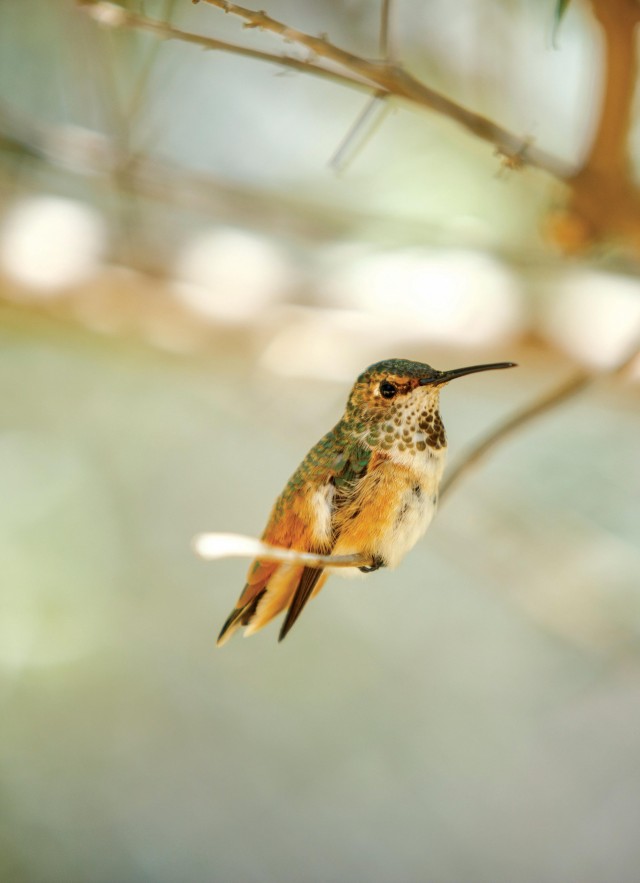
Downtown Los Angeles (DTLA) is cast as one of the most iconic concrete jungles, with skyscrapers, cars, and miles of concrete. Many think of this as a place bereft of nature. But, over the last number of years pocket parks have been built, landscapes have been changed (think City Hall), and street-side planters have been added (though the habitat value of the plants in the Broadway bump-outs is questionable at best). Nature has always been here, and will continue to be so. But the often cited examples of urban nature, rats, pigeons, and ants, aren’t the only ones calling DTLA home.
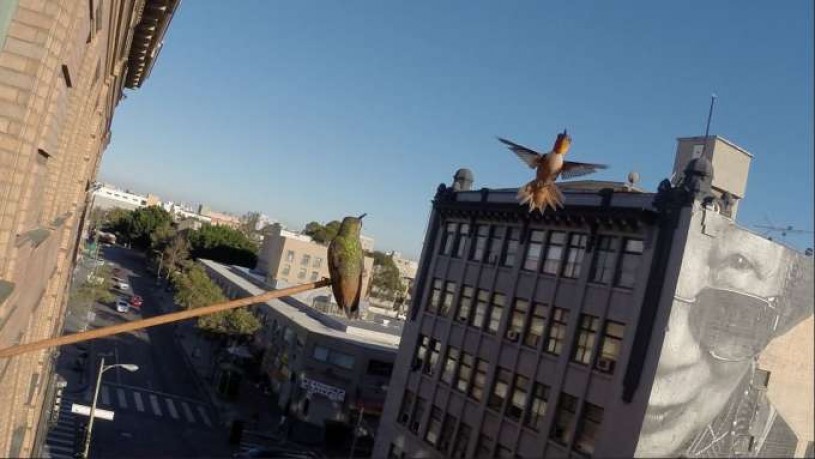
At our recent BioBlitz L.A. event at City Hall we worked to document the wildlife in downtown. With a dedicated crew of 9 community scientists, we managed to document 28 species in one and a half hours, from orb weaver spiders and Argentine ants to flower flies and fox squirrels.
At that event I met Michael. Michael is one of our repeat community scientists. This year he participated in our ButterflySCAN project and I’ve often seen his posts on our L.A. Nature Map. As you can imagine, I was pretty excited that he was going to join us.
Michael had walked over to the event from his nearby apartment where he lives on the fourth floor. We got to talking and he told me about the wildlife he sees every day from his living room windows. Michael has two window gardens with two 24-inch wooden planter boxes outside of each window. Each planter box contains different types of flowers. Michael knew his garden would attract the bees, butterflies, and other pollinators he’d seen flying around DTLA.
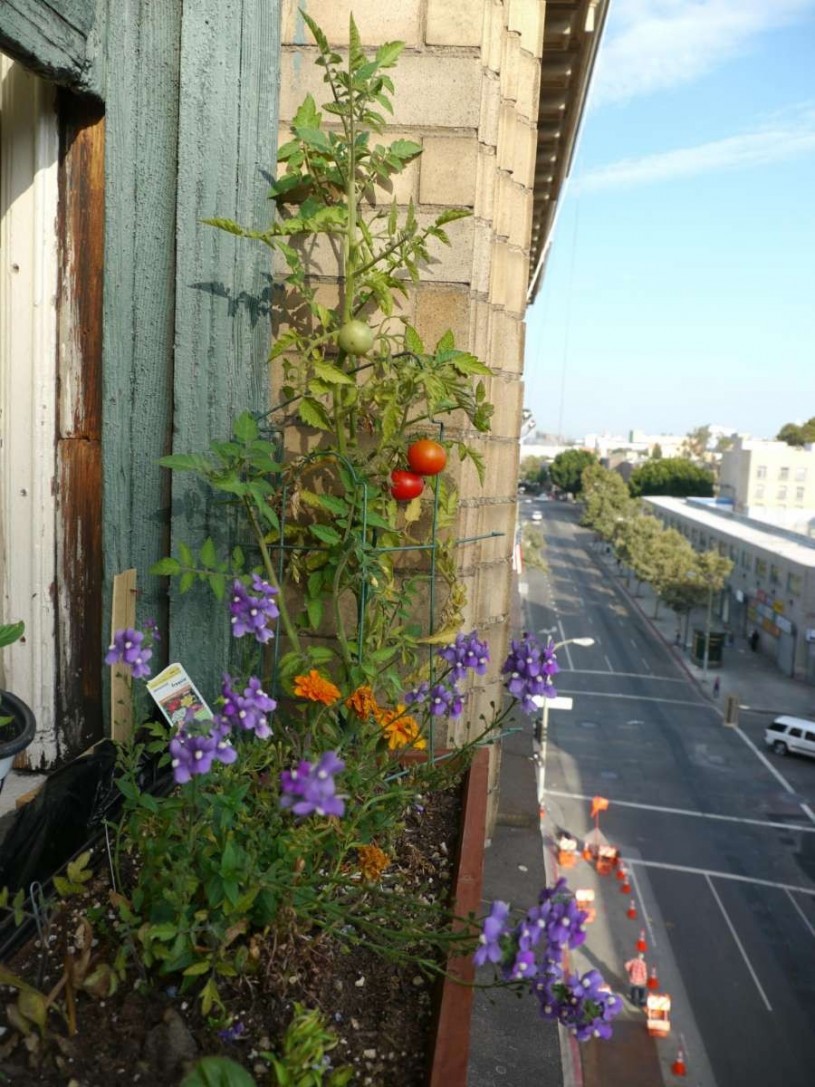
Shortly after putting in his window garden, Michael looked out of his window and began thinking about installing a bird feeder.
“I was trying to decide if I wanted to put up a feeder with seeds in it, or a hummingbird feeder. I was pretty much resigned to putting up the seed feeder because I hadn't seen any hummingbirds in the area of downtown where I live. I hesitated though, because seed feeders can get pretty messy. Suddenly, just as I was about to make my decision, a hummingbird flew up from below my window, stopped about 3 feet from me and stayed for about 10 or 15 seconds while looking straight at me, as if to say, "Of course there are hummingbirds here!’”
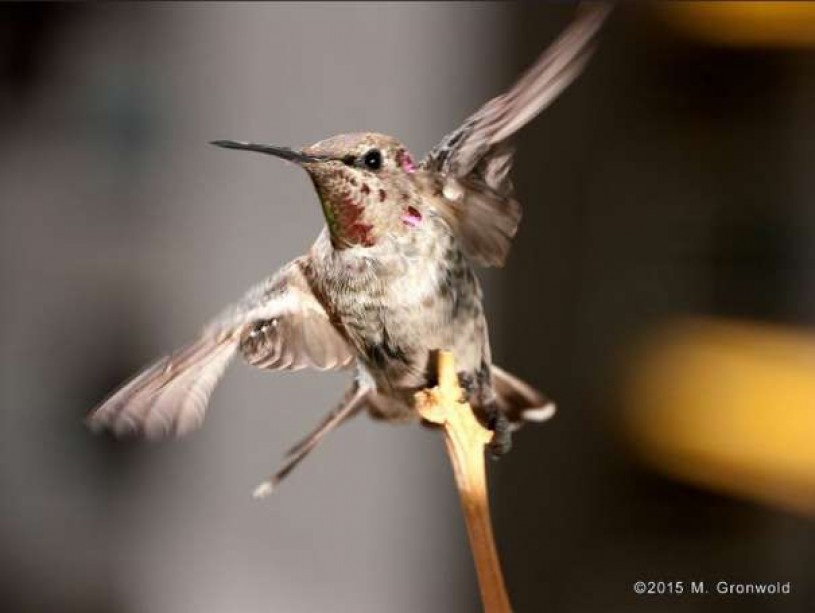
Inspired by this nature sighting, Michael purchased and installed one hummingbird feeder. Hummingbirds found the feeder (and his garden), and, over time, Michael increased his feeders to four. At times there have been over a dozen hummingbirds visiting at once. As Michael put it, “I’m visited all day long by the beautiful flying citizens of downtown Los Angeles.”
Michael has documented two species of hummingbirds using his feeders: Anna's Hummingbird (Calypte anna) and Allen's Hummingbird (Selasphorus sasin). Michael thinks that he may have seen a Rufous Hummingbird (Selasphorus rufus), but he couldn’t verify it since it didn’t stay long.
When Michael shared that he had four hummingbird feeders installed, I was a bit surprised, since that seemed like a lot. I asked him what was the largest number of hummingbirds he has ever seen feeding at one time.
“One cloudy spring afternoon earlier this year, at dusk, there were 26 hummingbirds feeding or perched in my south-facing garden, and another 10 or 11 were doing the same outside my west-facing window. I was so awed by so many hummingbirds in my garden at the same time that I just stood there and stared, counting. I don't think I even got any photos of that special afternoon!”
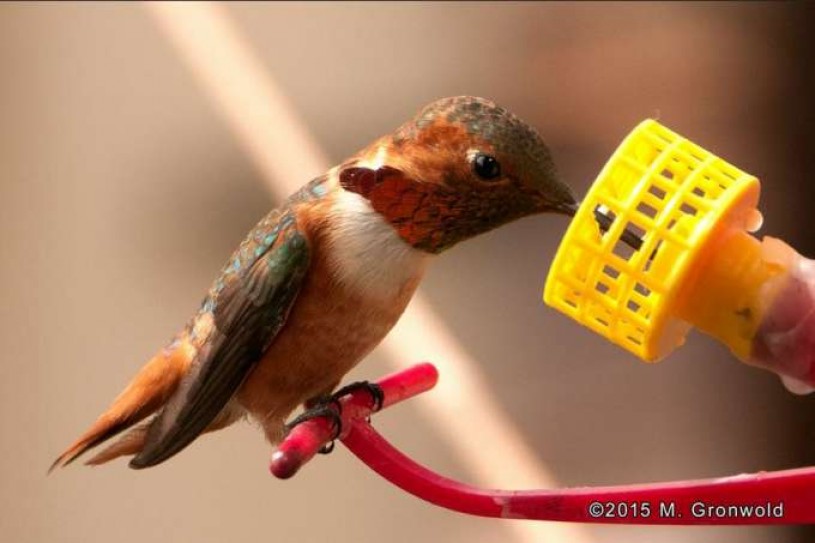
Can you imagine seeing 36 hummingbirds outside a window in DTLA? I wonder if people walking on the sidewalk below had any idea there was a charm (yes, that’s what a group of hummingbirds is called) of hummingbirds flittering around above their heads.
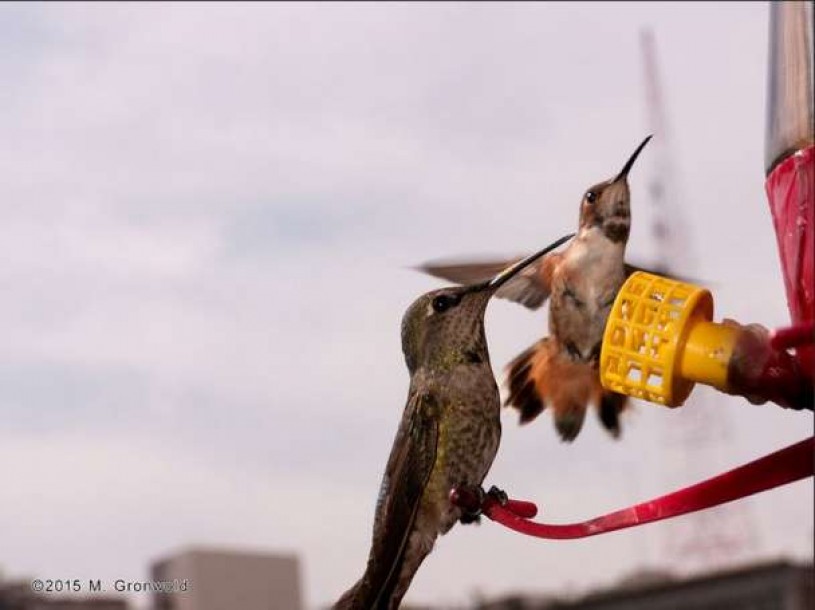
For those of you who have or had hummingbird feeders, you know that it can be a lot of work to maintain them. It is recommended that feeders are cleaned and changed every 5 days to prevent bacterial growth. Michael works hard to follow that protocol.
“Now, with so many birds feeding here . . . I end up cleaning and refilling them about every two or three days because the birds have eaten all of the nectar already! Sometimes it's a lot of work keeping up with my little, energy-hungry neighbors.”
Clearly this must be a labor of love for Michael. He doesn’t have to work so hard to maintain a healthy habitat for these DTLA hummingbirds. So why does he do it?
“They make me happy. I love to listen to them all day long while I'm working in my home office, and love to watch them dance through the skies here. In fact, as I'm typing this, I'm sitting 3 feet from a hummingbird outside my west-facing window.”
Michael’s story resonates with me, because it shows that if wildlife-friendly habitats are built, then wildlife will come. The window gardens that Michael installed are visited by bees and butterflies, and his feeders help provide food for hummingbirds. I want to thank Michael for beautifying DTLA with his gardens, for providing habitat for wildlife, and for inspiring me to do more to help nature in L.A. I live in an apartment in Hollywood, and surely I can create a mini-garden of my own. I wonder what animals will visit me and my garden.
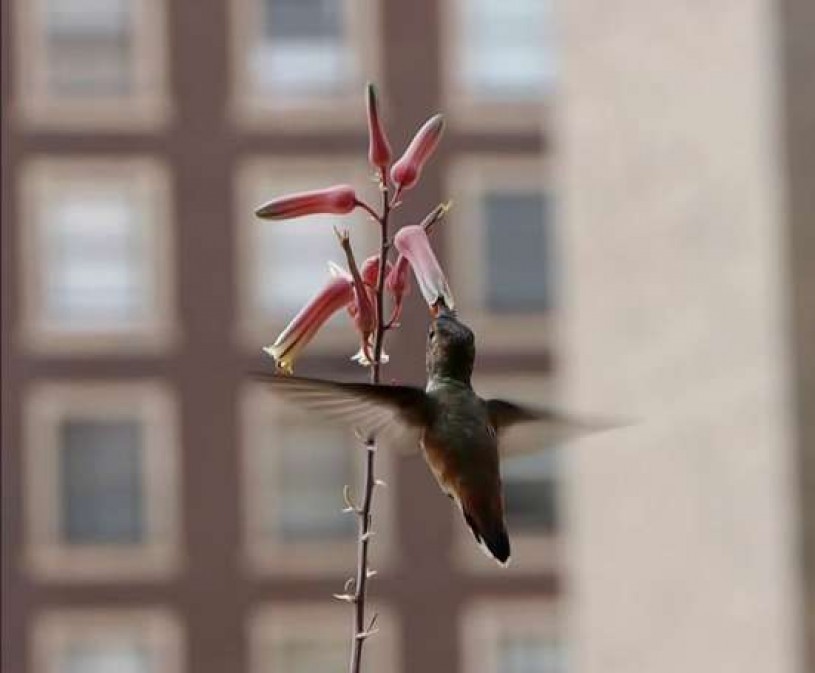
Check out Michael’s Flickr page to view more of his stunning photos.
Michael posted some of his hummingbird photos, and other wildlife photos, to NHMLA’s L.A. Nature Map.